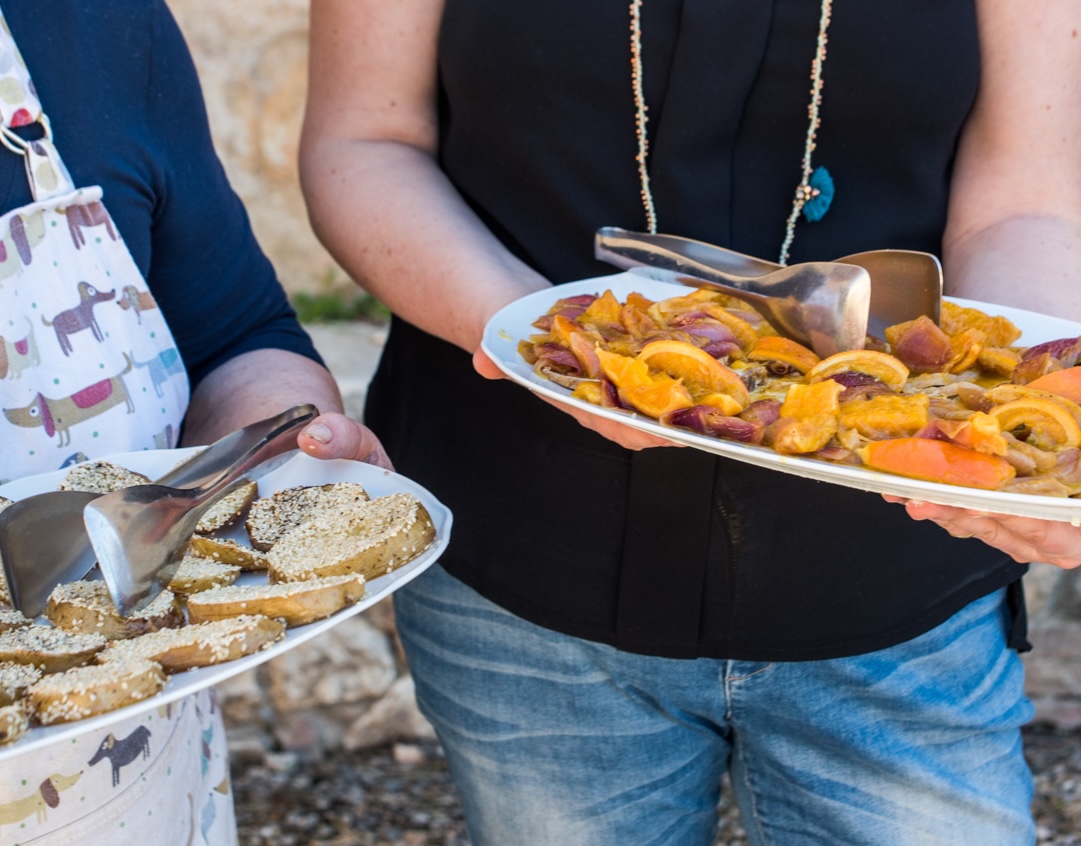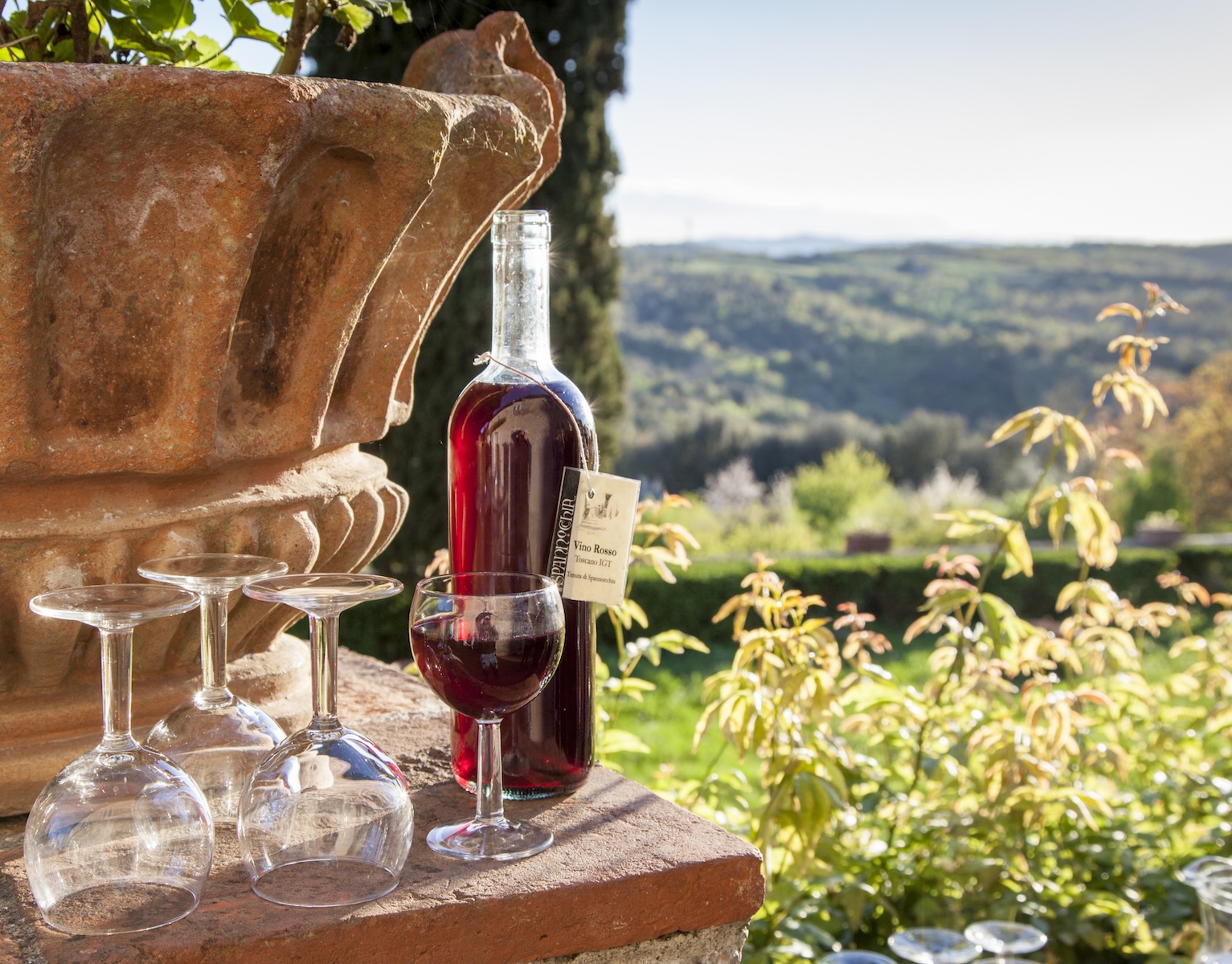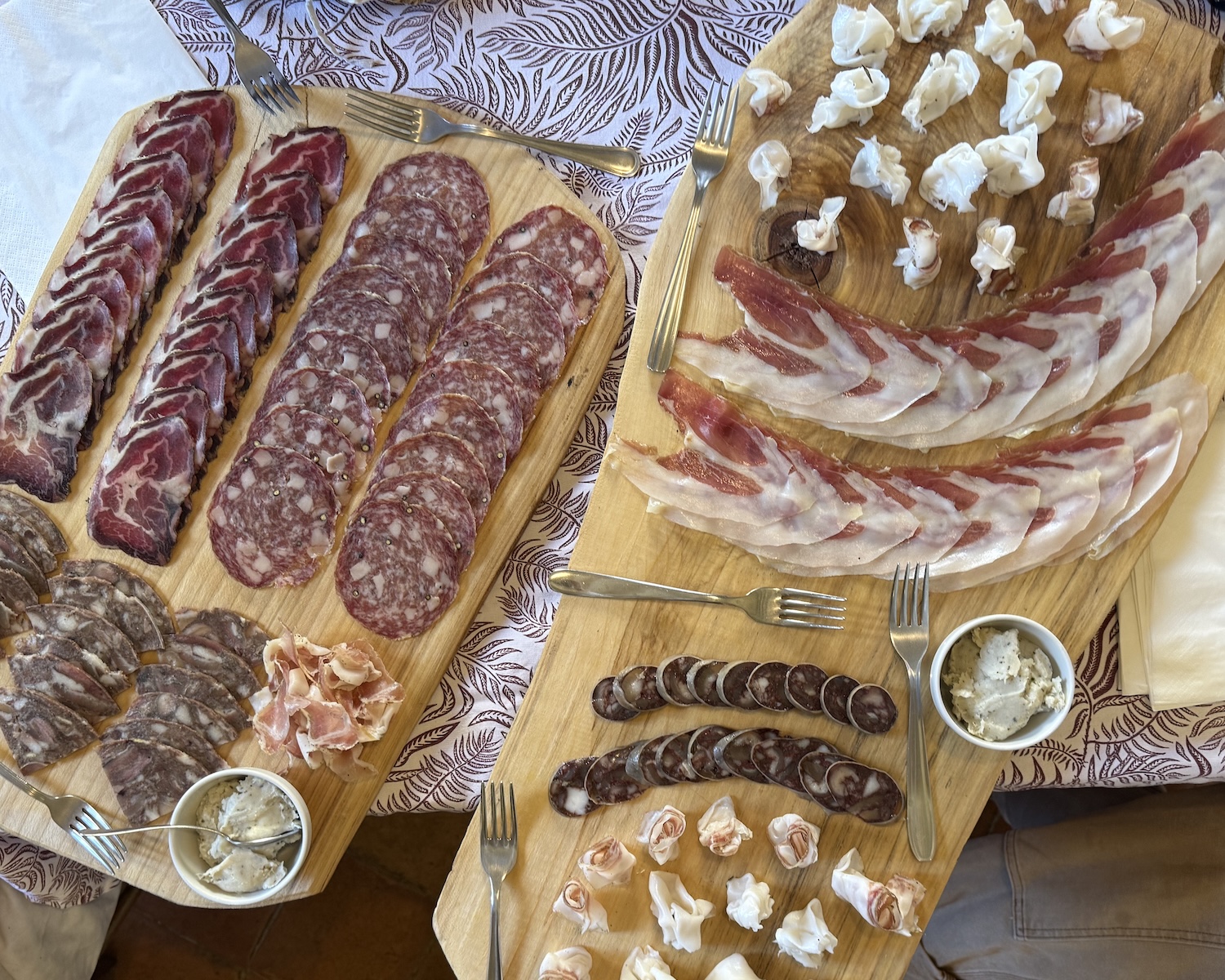JUNE 2025 THEME: CULINARY PRODUCTS AND TRADITIONS
The cuisine of Italy is incredibly diverse, with regions, provinces, and even individual towns having their own specialities and traditions. Culinary traditions are part of the cultural heritage that is passed down throughout time, generation to generation. Even with this history, we see them as evolving, permeable to external influences and cultural exchanges, every time we are exposed to different ways of living, eating, and cooking. We believe that Italian cuisine is so rich and unique because of this exchange.
While there certainly is variation, historically Tuscan cuisine is based on the peasant diet that farmers and their families ate for generations. Broadly, Tuscan cuisine has a few staple ingredients. Tuscan bread, made without salt, does not mold easily and, once stale, serves as the perfect vehicle for bulking up humble meals. It is repurposed in many traditional dishes like ribollita, pappa al pomodoro, panzanella, and bruschetta. Other essential ingredients are pork—in the form of salumi (cured) or fresh meat—olive oil, and wine. When paired together, the unsalted bread, salty and fatty cured meats, spicy and rich olive oil, and acidic red wine balance each other well.
The culinary philosophy at Spannocchia is reflective of Tuscan (and hyperlocal!) tradition. We highlight local, seasonal, and traditional ingredients—our own, as much as possible—and prepare simple dishes in the same way they were prepared on the property for centuries. In addition to the aforementioned Tuscan staples, we also utilize as many fresh vegetables as the garden allows! Thanks to the size of the property and the different areas, soils, and microclimates that it offers, we’re able to produce a vast variety of ingredients that directly transfer to the dishes we prepare.
Historically, the mezzadria (tenant farming) system divided the space in poderi (small farms) among farmers, and they each had diverse crops, trees, and animals in order to consume different foods and have a variety of resources. This is how life was here for hundreds of years, until the 1960s. Two of Spannocchia’s beloved (now retired) cooks were actually born at Spannocchia: Graziella Capanni, at Palazze Torre in 1950, and Loredana Betti, at Capannone (on the far side of our main vegetable garden) in the early 1940s. Their mothers passed down the recipes and culinary traditions of this land and its people, which had been passed to them from earlier generations. While Loredana and Graziella are not still cooking at Spannocchia today, the talented Pietrina—often with help from our Culinary Apprentices—continues to honor these traditions in the Spannocchia kitchen each night, focusing on our farm-grown products.
Currently, we have two vegetable gardens, two vineyards, Cinta Senese pigs living up on the piano, Calvana cows in the hills, chickens in the orchard and in Chiara’s herb and flower garden, olive trees and bees everywhere. The forest is also a critical part of the ecosystem of Spannocchia; it not only provides us with fresh air and a well-balanced temperature, but also serves as a home for all the wildlife that share this land, including wild boar and deer, as well as (depending on the season and how lucky or skilled we are to find them!) delicious mushrooms, chestnuts, and wild berries like juniper.
All of these elements enable us to have a wide variety of ingredients at our disposal, depending on the season. During summer we cook mostly with tomatoes, eggplant, and zucchine, while during the winter we focus on ingredients like beets, cavolo nero, and broccoli. That’s what makes the dishes so special; they mark the seasons of the year, and we can only prepare them in those specific months. In this way, we are always looking forward to preparing the dishes we miss. There’s nothing more exciting than the first fig of the season, or a delicious tomato in summer, or the olio nuovo in fall.
In addition to enjoying seasonal products fresh, we also preserve them for the rest of the year in the form of passata (tomato puree), jams, liquors, and salumi. Preserving is an important part of our work, a way to honor what nature offers and everyone’s hard work by trying not to waste, truly embodying the spirit of Spannocchia.
Dinners feature the meat from our pigs and cows, both heritage-breed animals. These breeds need to live outside, forage their food and walk a lot. This makes them grow slowly, but in the process their meat gains a lot of flavor and appealing characteristics both in the muscle and in the fat. That makes them wonderful for cooking and preserving; our salumi is one of the things we are most proud of.
To make our salumi, we also use recipes and techniques passed down for generations, respecting the history and culture of these methods. Our current butcher, Pablo, learned directly from our longtime butcher Riccio (almost but not quite retired!), who learned from a native Tuscan named Piero Antichi. Piero learned the unique art of butchering Cinta Senese pigs from his father-in-law and from a fourth-generation butcher named Enrico Giunti. Thanks to all of these dedicated norcinos (butchers) and their respect for this culinary tradition, Spannocchia has created an award-winning salumi program focused on regional specialties. We continue to pass these special skills along through our Butcher Apprenticeship Program.
Seasonal ingredients, heritage-breed meats, and traditional preparations make up the cuisine of Spannocchia—what about our approach to wine? While grapes for wine have been grown on this property for many centuries, by the time Francesca and Randall took over in the early 1990s, there was just one small vineyard still in use, producing (as Randall put it) “very, very mediocre red wine.” Over the last three decades, production has both expanded and evolved. Like our food, our current winemaking draws on traditional techniques, but with the wine we are innovating into the natural wine space. Led by Farm Education Director Niccolò Merighi since he started working at Spannocchia in 2022, the approach has shifted from organic (grapes grown with no synthetic pesticides or fertilizers, for example) to natural (intentionally low-intervention, such as only using wild yeasts found on the grapes). We’ve written quite a bit about Spannocchia’s wine program in recent months; we encourage you to read more about it in our annual appeal letter from last fall and through our spring 2025 fundraiser to help plant a new vineyard. Maybe you'll be inspired to donate to this project in Randall’s memory!
Even with Spannocchia's very rich array of culinary elements and history, meals on the farm are simple; every dish is made with just a few ingredients. The secret behind the taste is the high quality and freshness of the ingredients and the care with which each dish (and bottle of wine!) is prepared. Through our restaurant, cooking classes, salumi production, apprenticeship programs, and tours and tastings, we aim to preserve the wine and food traditions of Spannocchia and Tuscany, and educate our guests about the importance of this heritage.
Interested in more? Join us on June 25th for a free virtual culinary program on "Traditional Preserves from Spannocchia." Read details and register here.



